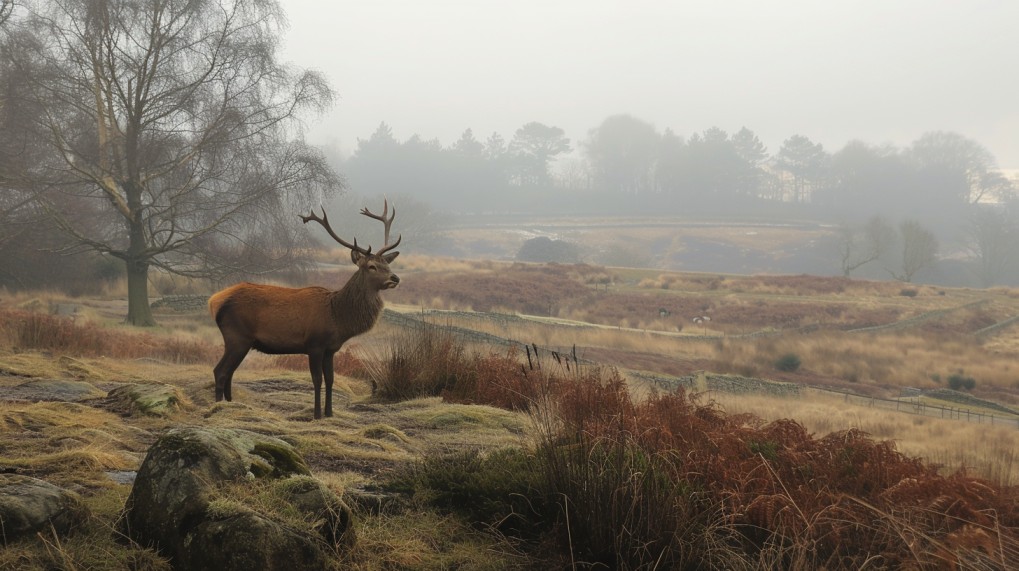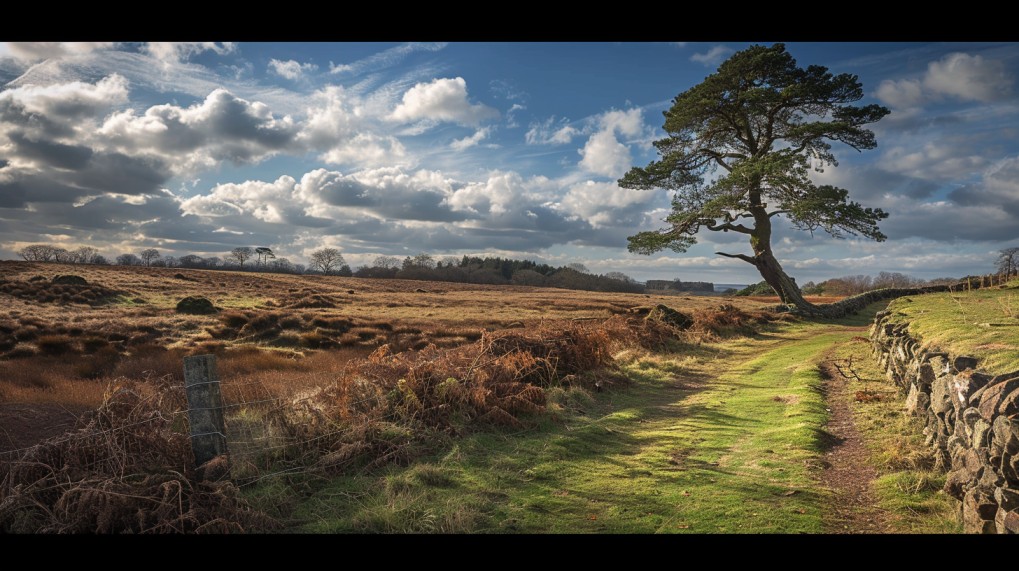Bradgate Park, located in Leicestershire, England, is a picturesque country park with a rich history that dates back to the early 13th century. This expansive parkland was once a hunting ground for the nobility, and it is most notably known as the birthplace of Lady Jane Grey, who briefly reigned as Queen of England in 1553. However, the park’s connection to the Tudor dynasty extends even further, as it is also believed to have been a favorite hunting ground of King Henry VIII himself.
The Grey Family and Bradgate House
In 1445, the Bradgate Park estate passed into the hands of the Grey family, who would own it for the next five centuries. The Grey family were a prominent noble family, and they constructed the impressive Bradgate House within the park’s boundaries. This red-brick manor house, one of the earliest unfortified manor houses in England, was a testament to the family’s wealth and status.
It was in this grand Tudor mansion that Lady Jane Grey, the ill-fated “Nine Days’ Queen,” was born in 1537. As the great-granddaughter of Henry VIII, Jane’s life was marked by the tumultuous politics of the Tudor era. Her brief reign as Queen of England, following the death of Edward VI, ended in her execution at the age of just 16.
Henry VIII’s Hunting Grounds

While Bradgate House and the story of Lady Jane Grey are the park’s most well-known historical connections, Bradgate Park also has strong ties to King Henry VIII. As an avid hunter, Henry VIII is believed to have frequently visited the park to indulge in his passion for the sport.
The park’s expansive woodlands and open spaces would have provided the perfect setting for the king and his hunting party to pursue their quarry. It is likely that Henry VIII would have enjoyed the thrill of the chase, tracking and pursuing the red and fallow deer that still roam freely within the park today.
Exploring Bradgate Park
Today, Bradgate Park is a popular destination for visitors, offering a unique opportunity to step back in time and explore the rich history of the Tudor era. The ruins of Bradgate House, while normally closed to the public, can be visited on designated “Open Days” throughout the year, when guided tours are available.
Visitors can also enjoy the park’s natural beauty, with its picturesque walking trails, picnic areas, and abundant wildlife. The park is home to around 550 red and fallow deer, which can often be spotted grazing peacefully in the parkland.
Preserving the Past
In recent years, efforts have been made to preserve the remaining structures and artifacts within Bradgate Park. In 2023, Historic England granted £37,160 to help fund the preservation of the ruins of Bradgate House, which are a Grade II* listed scheduled monument.
Archaeologists from the University of Leicester have been conducting digs within the park, seeking to uncover more about the history of Bradgate House and what it would have looked like during the time of Lady Jane Grey. These efforts will help to ensure that the park’s rich Tudor heritage is preserved for future generations to explore and appreciate.
Conclusion
Bradgate Park is a truly remarkable place, with a history that is inextricably linked to the Tudor dynasty. From the birthplace of Lady Jane Grey to the hunting grounds of King Henry VIII, this picturesque country park offers a unique window into the past, allowing visitors to immerse themselves in the captivating stories of the Tudor era.
Whether you’re a history enthusiast, a nature lover, or simply someone who enjoys exploring the great outdoors, Bradgate Park is a must-visit destination that is sure to leave a lasting impression.
References:
– Britain Express: Bradgate House
– Guide London: History of Bradgate House and Lady Jane Grey
– BBC News: Bradgate House Preservation
– Heart of the Midlands: Bradgate Park

